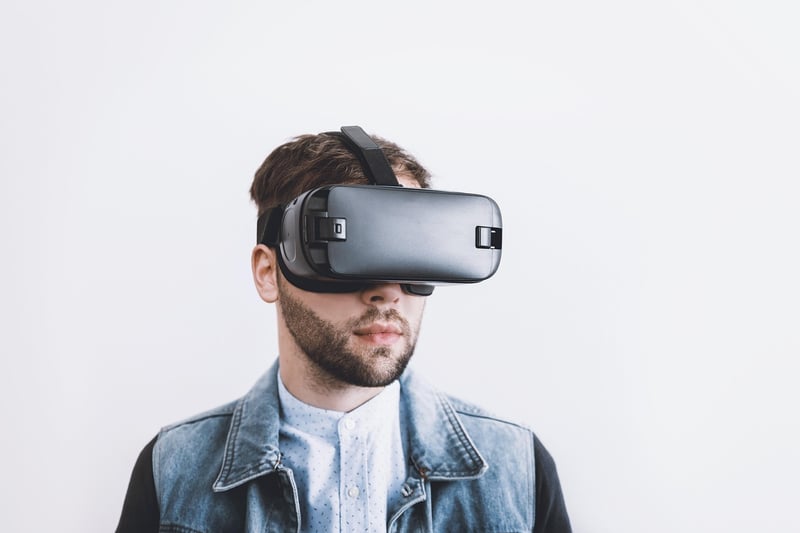Virtual Reality Developer
The Future of Virtual Reality: A Look into Pioneer Groundbreaking Technologies
In recent years, virtual reality (VR) technology has made significant advancements, revolutionizing various industries and changing the way we interact with digital content. As a Virtual Reality Developer, staying abreast of the latest groundbreaking technologies is crucial to creating immersive and captivating VR experiences.
1. Eye-Tracking Technology
One of the most exciting developments in VR is eye-tracking technology. This innovation allows for more natural interactions within virtual environments by accurately capturing where users are looking. By implementing eye-tracking technology, developers can enhance user experiences through features like foveated rendering, which improves performance by focusing rendering resources on the user's gaze point.

2. Haptic Feedback Systems
Another groundbreaking technology in VR is haptic feedback systems. These systems provide users with tactile feedback, allowing them to feel virtual objects and textures. By integrating haptic feedback into VR experiences, developers can create a more immersive and engaging environment that stimulates multiple senses, enhancing the overall user experience.

3. Wireless VR Headsets
Wireless VR headsets have transformed the VR industry by eliminating the need for cumbersome cables and allowing users to move freely within virtual environments. As a Virtual Reality Developer, leveraging wireless VR technology enables you to create more dynamic and interactive experiences that offer users greater freedom of movement and immersion.

4. Mixed Reality Integration
Mixed reality integration combines elements of both virtual and augmented reality, offering users a seamless blend of the physical and digital worlds. By incorporating mixed reality into VR applications, developers can create innovative experiences that merge real-world interactions with virtual elements, opening up new possibilities for storytelling and user engagement.

5. AI-Powered Virtual Assistants
AI-powered virtual assistants enhance user interactions within VR environments by providing intelligent responses and personalized experiences. By integrating AI technology into VR applications, developers can create more dynamic and responsive virtual worlds that adapt to user behavior, preferences, and needs, ultimately delivering a more immersive and customized experience.

As a Virtual Reality Developer, embracing these groundbreaking technologies can elevate your VR projects to new heights, offering users unparalleled experiences that blur the line between the real and virtual worlds. By staying informed and integrating these innovations into your development process, you can shape the future of virtual reality and create truly transformative experiences for users.
